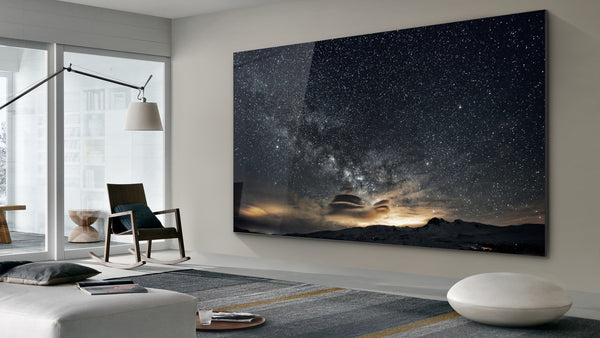
Prewiring (or also known as rough-in) is often an idea that is regrettably forgotten by our clients during the build process. Anything AV is too often an after-thought, whereas if you were to prepare the house before the gyprock goes up, it will offer flexibility and save you time and money in the long run.
We interviewed Charlie, the head installer and owner of Mr AV. Here’s what he has to say about prewiring your house.
What does prewiring mean?
Prewiring is where you plan the location of all your displays and speakers before the gyprock goes up and we go in and run all the cables to the right locations without making the final connections. Here’s a sample of what the planning process looks like (as you can see, every device and speaker is mapped out):

What does prewiring a house involve?
These days we are so spoilt in our selection of equipment, the number of cables that need to be run is ridiculous. Prewiring involves running 3 types of cables:
- Speaker cables for all the speakers you envision for each room
- HDMI cables to displays (projectors and tv screens)
- Data and control cables to all devices (e.g. TVs, Blu-ray players, gaming consoles, amplifiers etc.)
What is wrong with thinking about AV as an after-thought?
Well, it really limits your options afterwards. By the time the house is built, it’s too late to get the cables through for projectors, control panels etc. I mean, it’s still possible but the process is a lot longer and more costly.
An example of this is if you want in-ceiling speakers in your bedroom. If we ran the cables for this during the build process, we would simply have to run a cable freely from where you will have the amplifier to roughly where you picture the speakers to be, with nothing in the way. The gyprock would then go up and all the ugly cables would be concealed beautifully. However, if the gyprock was up already and you decide you want these speakers, we would have to cut a hole in the ceiling, determine whether the cables can be run through the confined space, run the cables blindly through and then patch up the hole that was cut. As you can picture, this is a process that takes a lot longer, is more effort, therefore costing you more in the end.

Are there any other advantages of prewiring the house?
Definitely. People don’t realise that by planning ahead, it’s the perfect opportunity to think outside the box. Once the house is built, people often feel like their only option is to wall mount a TV on the wall and have a cabinet down below, usually holding a DVD player and a gaming console at the most. An entire shelf for these two devices is often unnecessary and the cabinet often takes up a lot of space and looks rather obtrusive. By prewiring the house, it will allow you to eliminate the cabinet altogether and you have the option to place all your equipment hidden away in the garage or a wardrobe. Picture a TV alone mounted on your lounge room wall – a beautiful, clean and minimalistic finish.


Where do I go to for more advice on this process?
If you are in the building process at the moment, I’m always happy to have a chat with you over the phone to offer advice or answer any of your questions.
 Skip to content
Skip to content
